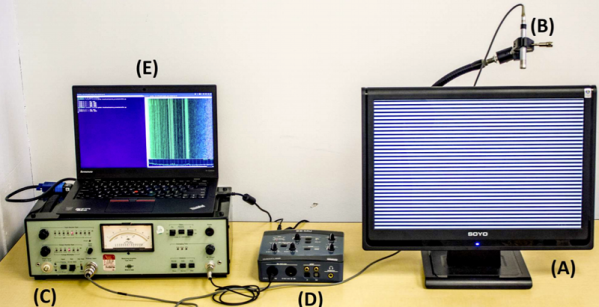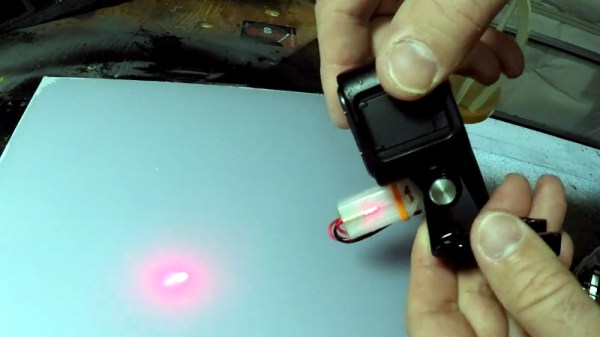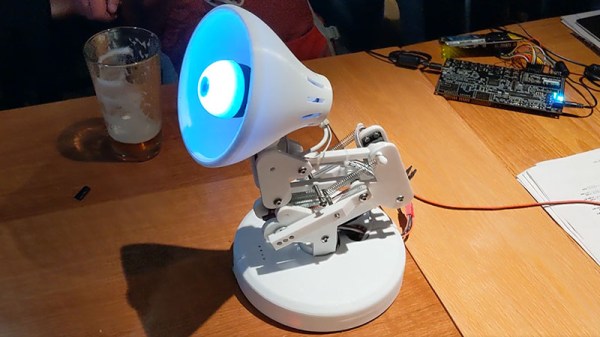The wheelbarrow is a trusty companion to the gardening set, helping move heavy loads to and fro. [James Bruton] has an active imagination however, deciding to build a motorized racing barrow, and challenging his friends to do the same (Youtube link, embedded below).
[James] went with a straightforward design, fitting two wheels to the rear, and powering them with brushless inrunner motors. The original front wheel was then fitted with a caster mechanism to allow the barrow to be skid steered. A pair of lithium polymer batteries provide the juice, with [James] using VESC skateboard ESCs to run the motors. The whole contraption is radio controlled, with an Arduino handling the mixing for steering duties.
The motorized barrow performed well against its competition, a propeller-powered barrow from [Tom Stanton] and a leaf-blower propelled barrow from [Ivan Miranda]. Inclement weather did cause some issues, but the trio were kind enough to treat us to a destruction derby with their racing machines.
You may be familiar with [James]’ earlier work on the openDog project. Video after the break.
Continue reading “Radio Controlled Wheelbarrows Tear Up The Track”


















